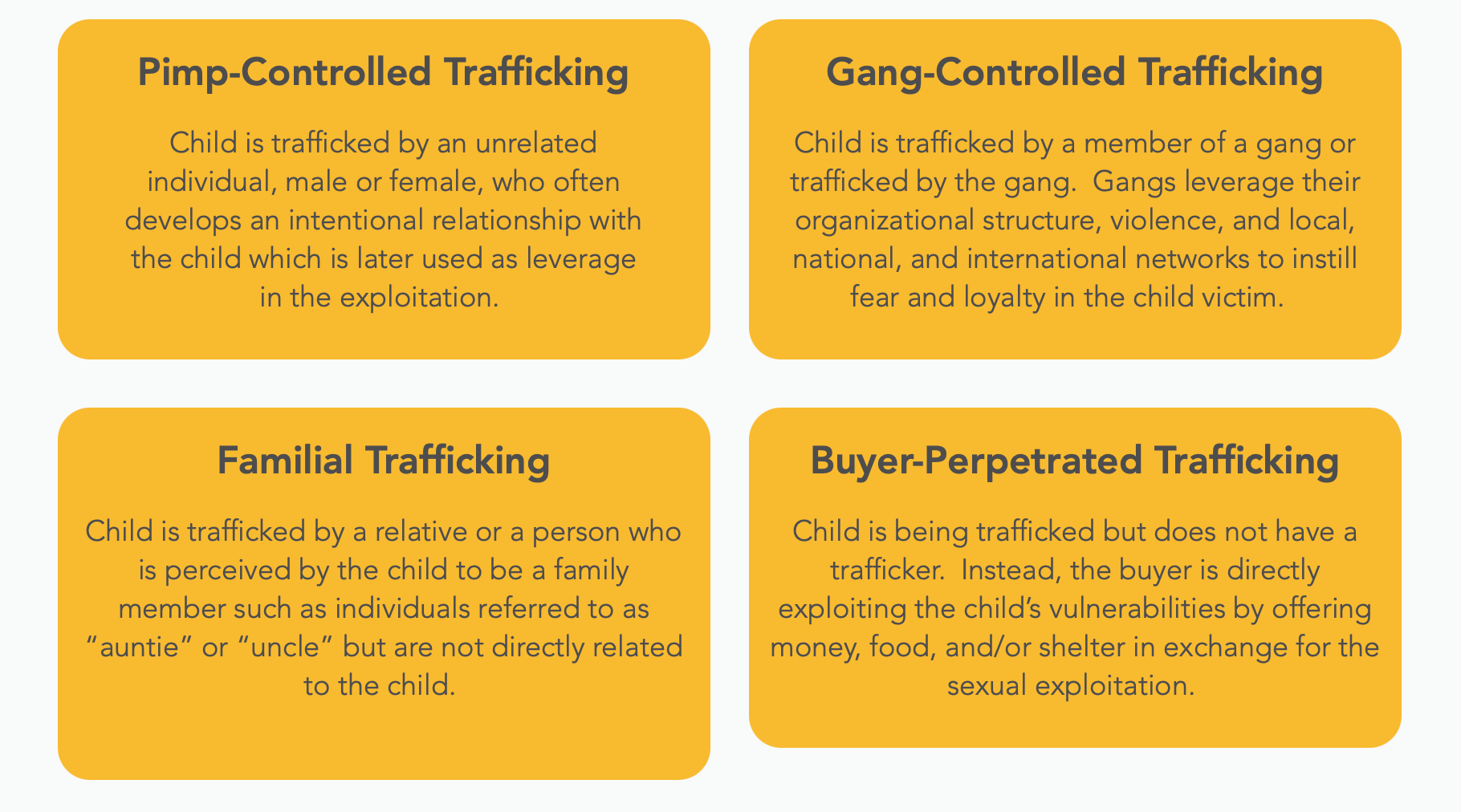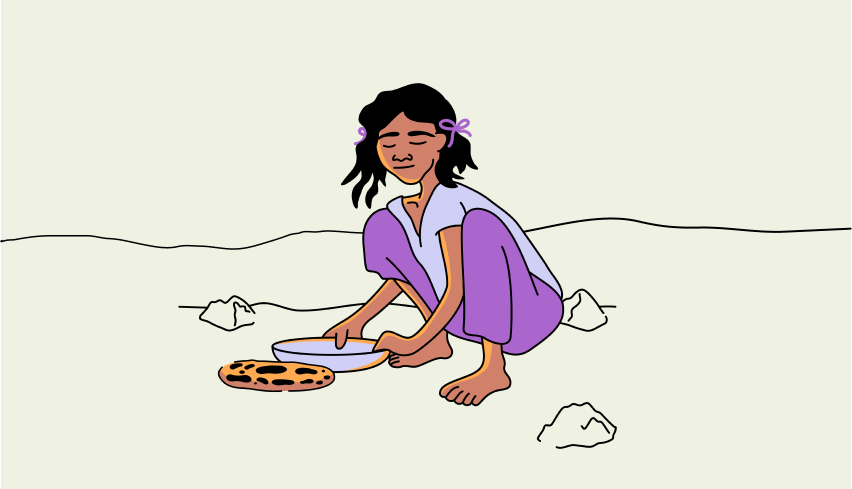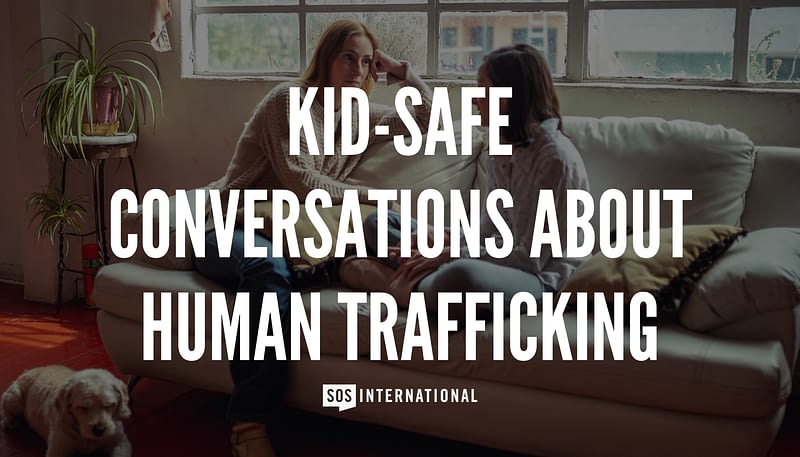Written By: Christie A.
Conversations around human trafficking are never easy, but with younger people it can be especially challenging to know how much information to present, and when. This is a tension we want to help families embrace, to intentionally craft children’s worldview on this and other important topics.
A few weeks ago, I was with my 9-year-old daughter at one of our Rescue Homes. She didn’t have any context for the home, only that she was getting to hang out with friends and play games. We were there hosting some out-of-town guests- friends in the fight against trafficking. When we left the rescue home, our guests began to discuss trafficking; asking lots of questions and wanting to know how to engage in being part of the solution.
That evening, as my daughter got ready for bed, she took a quiet moment to ask, “Mom, what is child traffic?” Even though her terminology wasn’t right, I knew she had overheard our conversation, and her heart was seeking answers to something she knew was deeper. I recognized this as a moment to lean in and be honest. I told her “child trafficking is when people use children to pay for things. People pay to hurt children and it’s not okay, but there are things we can do to stop it.” In this moment, I knew I didn’t want to cause fear, but I wanted to be honest with her. I armed her with a definition that we can build on over time, as she grows in maturity and understanding. There will be many more conversations, but I am laying a foundation.
I’ve talked with so many about this important topic over the years. Trafficking is a big and rapidly growing issue. It’s important that we talk about the things that matter, but when it comes to children and information about trafficking, this can be hard to navigate. We want to give age-appropriate responses that match their maturity level and understanding.
Here are some tips for how to have these conversations. First, regardless of the level of detail I discuss, there are four components I want to be mindful of as we talk about it:
- I don’t want to cause fear.
- I want to be honest in an age-appropriate way, with a consistent definition that I can build on over time.
- I want to build their worldview. (To do this, I have conversations that consist of “Here are some facts, and here’s how I view/process those facts and why.”)
- I want to equip kids to be part of the solution and to know how to keep themselves and others safe.
Basic definitions for Human Trafficking:
Human trafficking is using people for labor or sexual purposes through force, fraud, or coercion.
Child trafficking is using children for labor or sexual purposes. It is important to note that In the US any exploitation of a minor is considered trafficking, you don’t have to prove force, fraud, or coercion.
Second, I take this basic definition and add different talking points that are age and stage-specific. Here are some ideas for each age group:
Elementary School aged kids (older elementary)
I have this conversation reactively. If asked a direct question, then I would answer much like I answered my daughter: “child trafficking is when people use children to pay for things. People pay to hurt children and it’s not okay, but there are things we can do to stop it.” Without leaving room for many questions, I redirect the conversation to safety rules and reminders of what we do and why we don’t need to be afraid.
Key topics to hit on during the Elementary years are basic ways to stay safe.
Things that are helpful in that conversation:
- The two-person rule (don’t go place by yourself.)
- A family plan for what to do if we get separated from one another: For large group locations we say “if we get split up, everyone meet up at the fountain in the center, or the bathroom in the lobby…” and when we go into stores my kids know my rule is “I will never leave the store without you, so don’t leave the store without me.” (Meaning, don’t go walk into the parking lot to see if I went to the car, if you aren’t with me, I won’t walk out of this store.) These are a few of our safety rules, I would encourage you to talk through your own and come up with ones that work well for your family.
- Make sure they know your name, address, phone number and enough information that they could get help if they needed it. I also teach my kids, if you need help, look for someone with a name tag. (This isn’t fail proof, but it gives them more tools to navigate a potentially scary situation.)
- Here’s a fun safety bingo game that includes more talking points on how to stay safe.
- This book had great ideas and was a great conversation prompt with my kids as well.
Middle School aged kids
The goal for this age is to help them recognize areas of vulnerability and when people might be seeking to exploit them.
Some key topics to hit on during the middle school years:
- They shouldn’t send or receive nudes. This is a proactive conversation to have, especially if the child has a phone. I know we don’t want to think this is a middle school issue, but it is, and we need to be proactively talking about why sending and receiving nudes is a bad thing and can get everyone in a lot of trouble.
- Regarding trafficking education, I’m talk with kids about coercion. I want them to have language for what coercion is, know what coercion looks like and know how to be on guard for it.
- Coercion is persuading someone to do something by using force or threats. Learning about coercion is a protective measure for your kids that will also give you insight into their friendships as you discuss it.
- I’m also talking to Middle School kids about online safety. (Here’s a handy guide to 4 conversations you can have with your child about online safety.)
High School aged Kids
In my experience High school kids are mature enough and aware of the world around them; they should know about what’s going on and how choices their choices can make a difference. We talk open and honestly about trafficking, not exposing them to the brutality of it, but shaping their worldview on why it isn’t okay and why children should be protected.
Here are key things I’m hitting on in those conversations:
- How porn and prostitution play a role in fueling the demand and are directly tied to human trafficking.
- How things like onlyfans and sugar babies/daddies tie into trafficking.
- Ways they can be safe once they start driving. How to be aware of their surroundings and have good plans for what to do if they get stranded somewhere.
- Educating them about what trafficking looks like in various forms. I really like to use this image below to help facilitate the conversation:

- Finally, I bring in good stats and impact numbers. I want to teach them how to find good information about trafficking. Our Gen-Z Resource is a great tool to help education high school kids on trafficking as well.
- I also want them to know what to do if they encounter trafficking or if they have a friend that is being forced to do things.
That’s a lot of information. It really boils down to arming yourself with a bunch of resources and information, so you feel prepared, but then leaning into an honest conversation with a child you love and having a heart-to-heart. It’s not going to be a one-time conversation, but you are laying a foundation and hopefully with all the ideas, links, tools, and resources above you are equipped with good ways to navigate a hard conversation. I am cheering you on. Thanks for talking about the things that matter and tackling hard topics, it makes a difference!












